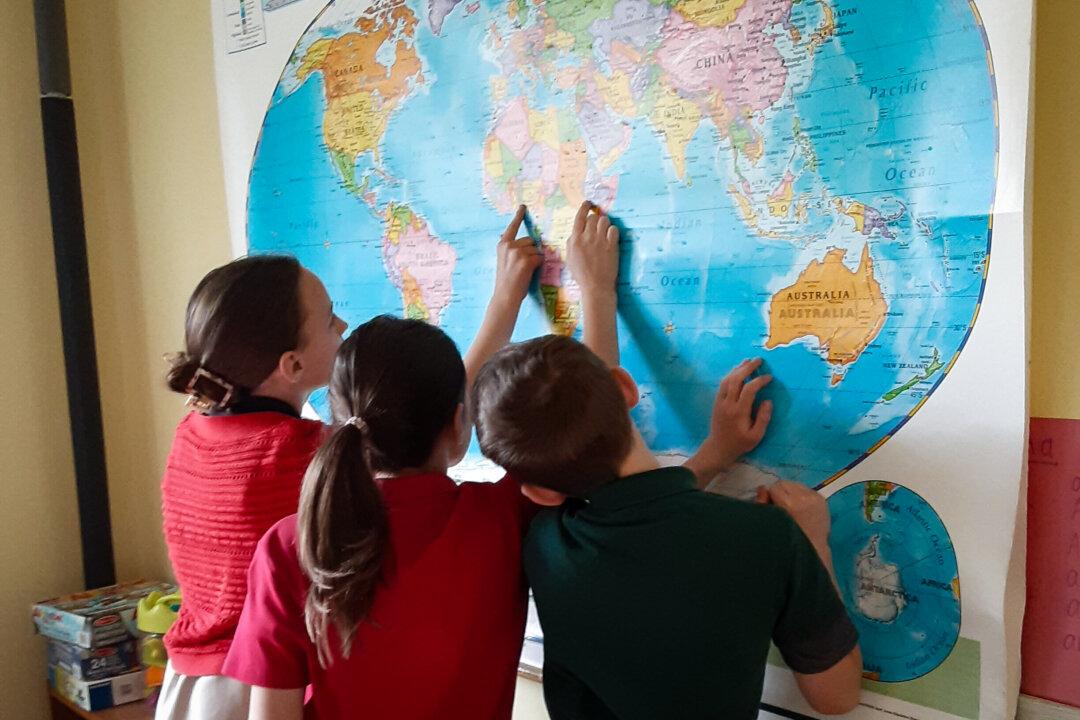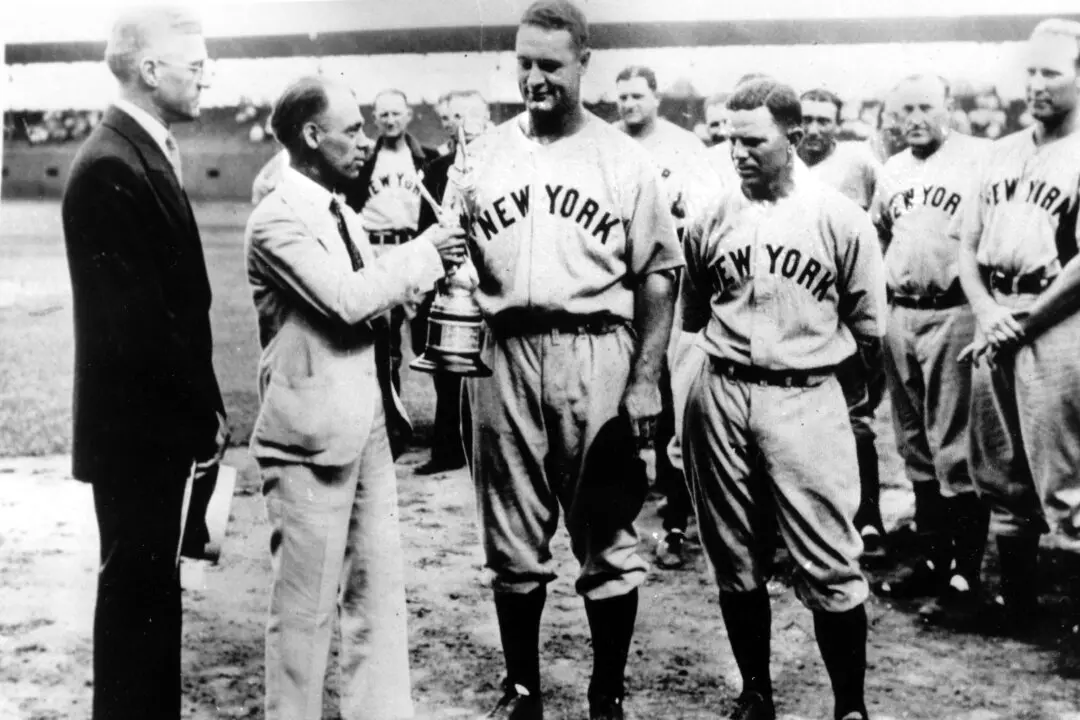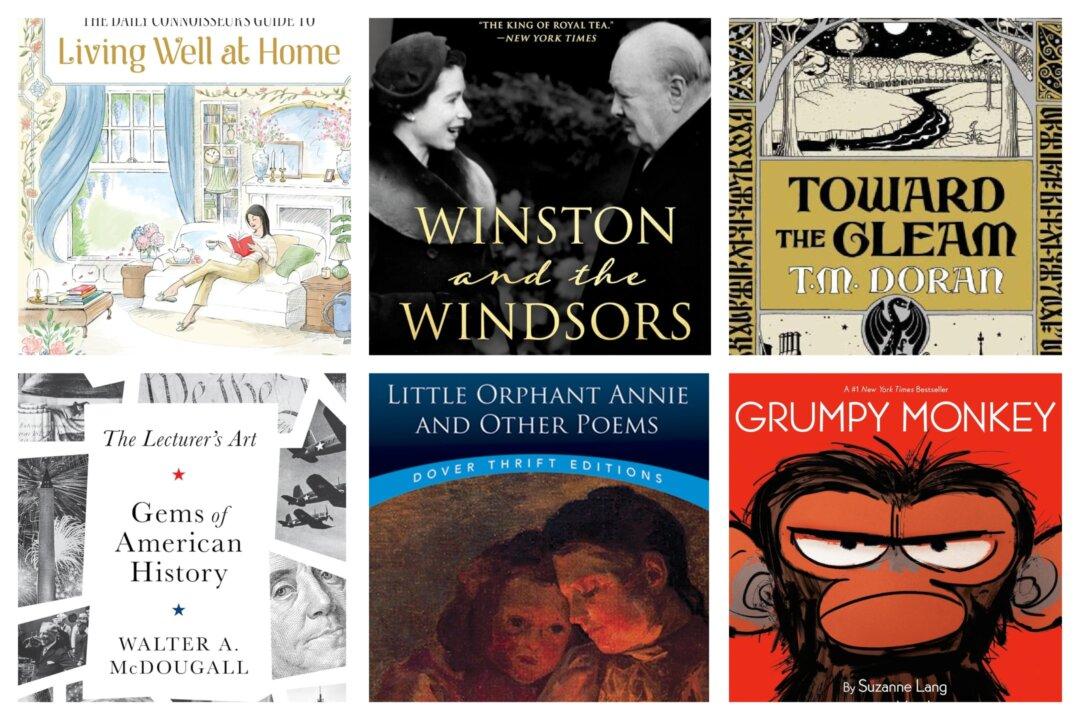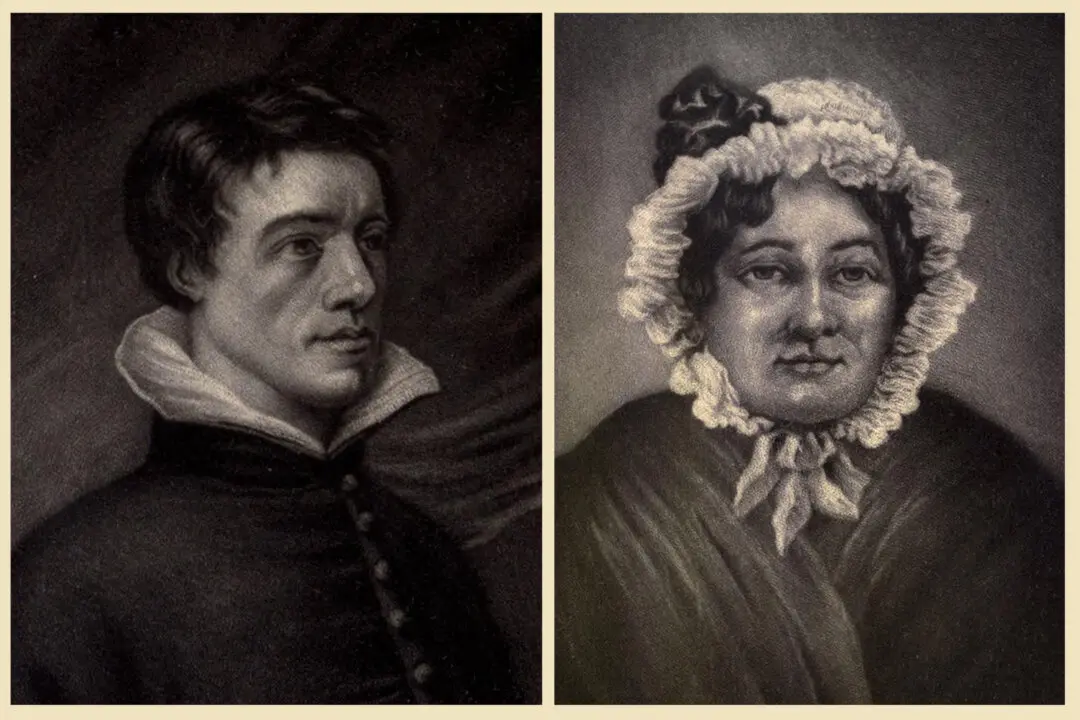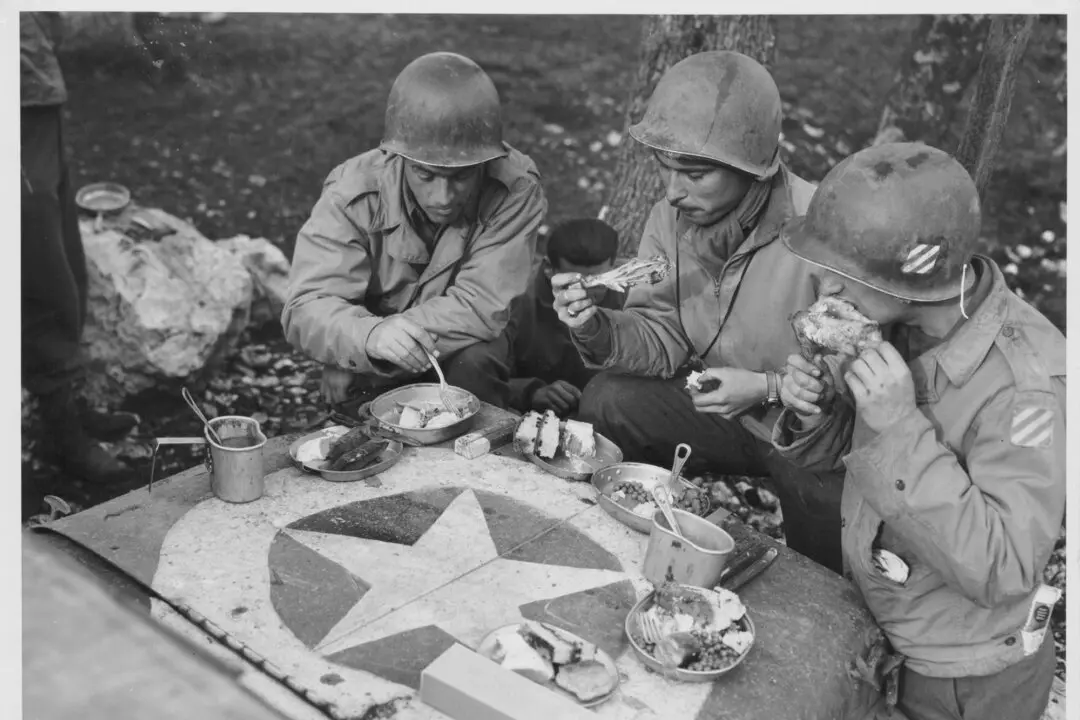On a Saturday earlier this month, my daughter and I were talking about education while two of her children, Carolina, age 12, and Daniel, 10, were eating breakfast at the kitchen’s island table. After a week of negative news, both national and anecdotal, I was lamenting the decline of standards in U.S. schools, public and private. My daughter agreed to an extent, but then she said, “The kids have a pretty good geography teacher.”
I looked at Carolina and Daniel. “Chad’s in northwest Africa,” Daniel volunteered. “Libya and Egypt are in north Africa,” Carolina added. Within a minute or so, I discovered they were studying the “-stans” and could locate Ukraine on a small globe. When I asked about capitals, Carolina piped up, “New Delhi’s the capital of India,” and Daniel said, “It’s Seoul in South Korea.”

